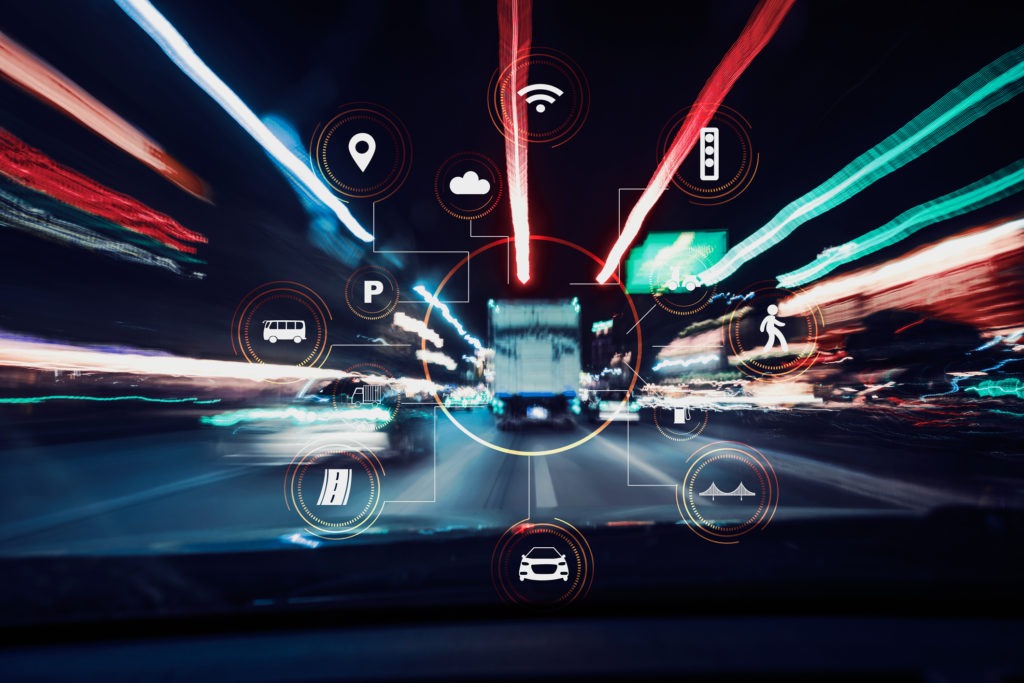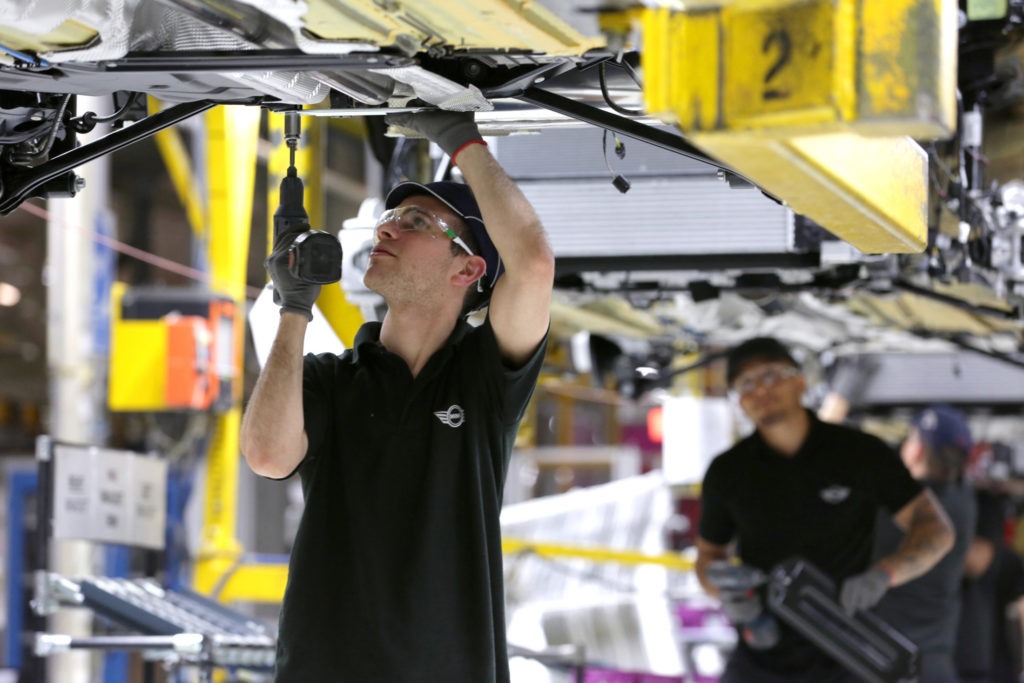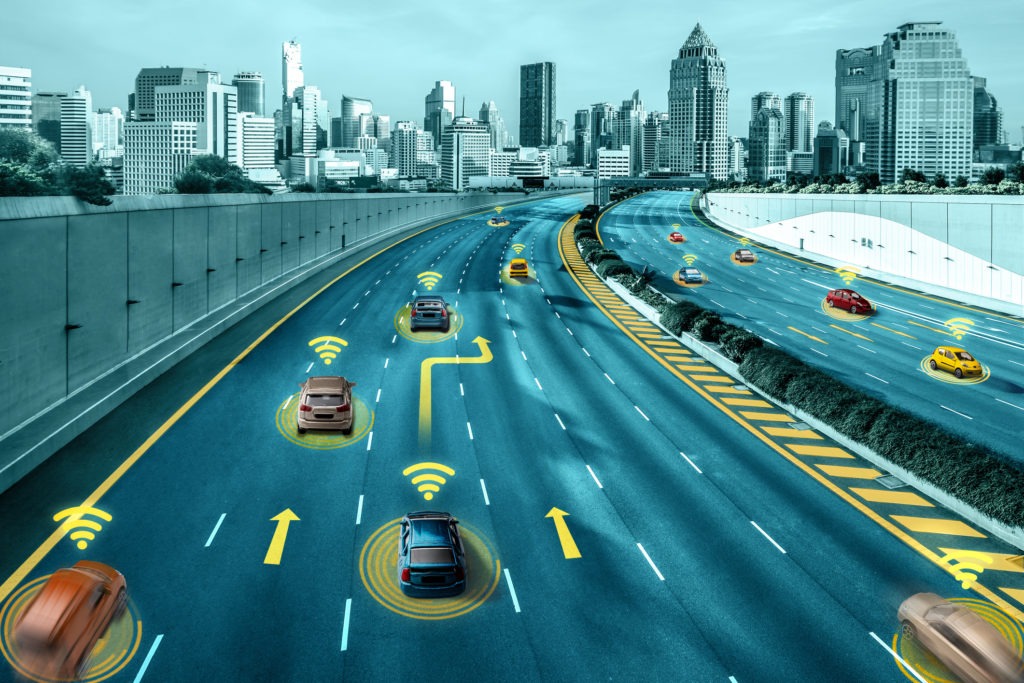Is automotive technology too distracting?
10 August 2022

In-car technology is developing rapidly. Expansive infotainment systems offer media streaming and live navigation, while autonomous capabilities let the driver relax. But are these automotive advances more distracting than helpful? Autovista24 deputy editor Tom Geggus talks with editor Phil Curry and journalist Rebeka Shaid about the safety of in-car systems.
Subscribe to the Autovista24 podcast and listen to previous episodes on Apple, Spotify, Google Podcasts and Amazon Music.
Show notes
Which cars have the most distracting in-car entertainment systems?
Lynk & Co launches in-car meeting app with access to Microsoft Teams
Autovista24 Launch Report: VW ID.5
In-car touchscreens as distracting as a mobile phone?
CES 2021: Mercedes-Benz talks MBUX Hyperscreen
VNC Automotive: Driven to distraction: it’s time to talk about the safety of in-car technology
A model for naturalistic glance behaviour around Tesla Autopilot disengagements
AAA: Study put camera and steering-wheel-based systems to a real-world Test
Head-up display: gimmick or godsend?
Episode synopsis
Cars are becoming more complex, as new technologies create multiple systems for drivers to manage. Plus, manufacturers are looking to save money by moving control options from hardware, such as buttons, to touchscreen-based menus and sliders. There is also a desire to include apps in vehicles, to make life easier for the driver.
Certain vehicles feature more distractions than others. A recent study by The Compensation Experts found the MG ZS EV to be particularly problematic. The eight-inch infotainment screen in the current model uses a thicker glass, offering less haptic feedback when touched and requiring more effort to control. The Volkswagen ID.5 was also noted as having distraction issues in Autovista24’s recent launch report, with climate-control functions moved onto the touchscreen and not physically available for use.
There is also a question around an increasing number of apps. Lynk & Co recently announced the inclusion of Microsoft Teams in its vehicles, pitched as being able to take your meeting on the road. This may be safe when stationary, but the effort to concentrate on what is being presented in a meeting may mean some drivers taking their focus off the road.
Ultimately, drivers will have to learn to adapt to new technologies in vehicles. But manufacturers can help. Suppressing the ability to play video when driving, creating screen zones, so passengers can view multimedia content out of the driver’s line of sight, and making touchscreen controls easier to use will all play a part in reducing driver distraction.
Autonomously-distracted driving
Safety advocates are concerned that autonomous-driving technology could open the door to even more distractions. Drivers are not always aware that increased automation comes with increased responsibility.
When using automated-driving systems such as autosteer, drivers can easily become inattentive and distracted. Autonomous-driving technology in modern cars does not always work the way it should, as high-profile collisions involving electric-vehicle (EV) maker Tesla have shown. The question is whether this type of technology can minimise or increase driver distraction.
In the US, the National Highway Traffic Safety Administration (NHTSA) is conducting a probe into the effectiveness of Tesla’s Autopilot technology. This follows several instances of Tesla cars crashing into vehicles while in Autopilot mode. It is not always immediately clear what could have caused these incidents – a distracted driver or the automated-driving functions not working correctly.
However, growing evidence points to autonomous-driving technology not being used as recommended. Driver distraction is a major concern for safety experts, who caution that drivers will become bored when tasks become automated, which only creates inattentiveness and complacency.
Technology to the rescue
The good news is that in Europe, driver-monitoring systems are becoming mandatory in new cars undergoing type approval, with the European Commission estimating that a new road-safety regulation will help prevent at least 140,000 serious injuries by 2038.
How driver distraction is monitored is also an area up for careful consideration. Steering-wheel-based systems have been found to be less effective than ones equipped with a camera. As well as being quicker to send out an alert, these visual monitors are arguably more difficult to fool. In contrast, steering-wheel sensors have been tricked by low-tech devices, with examples even including the use of an orange to fool the vehicle.
While technology has created numerous new distractions, it could also provide the answer, helping to boost automotive safety. From head-up displays (HUDs), which allow the driver to keep their eyes on the road, to voice assistants that are becoming more intelligent by the day, solutions are appearing.
Equally, while mobile phones have been a major source of distraction, increasing integration into infotainment systems could mean greater safety. Both Apple Car Play and Android Auto offer advanced smartphone-to-car connectivity. This means more intuitive, recognisable, and customisable systems, decreasing reliance on clunkier builds from carmakers.



